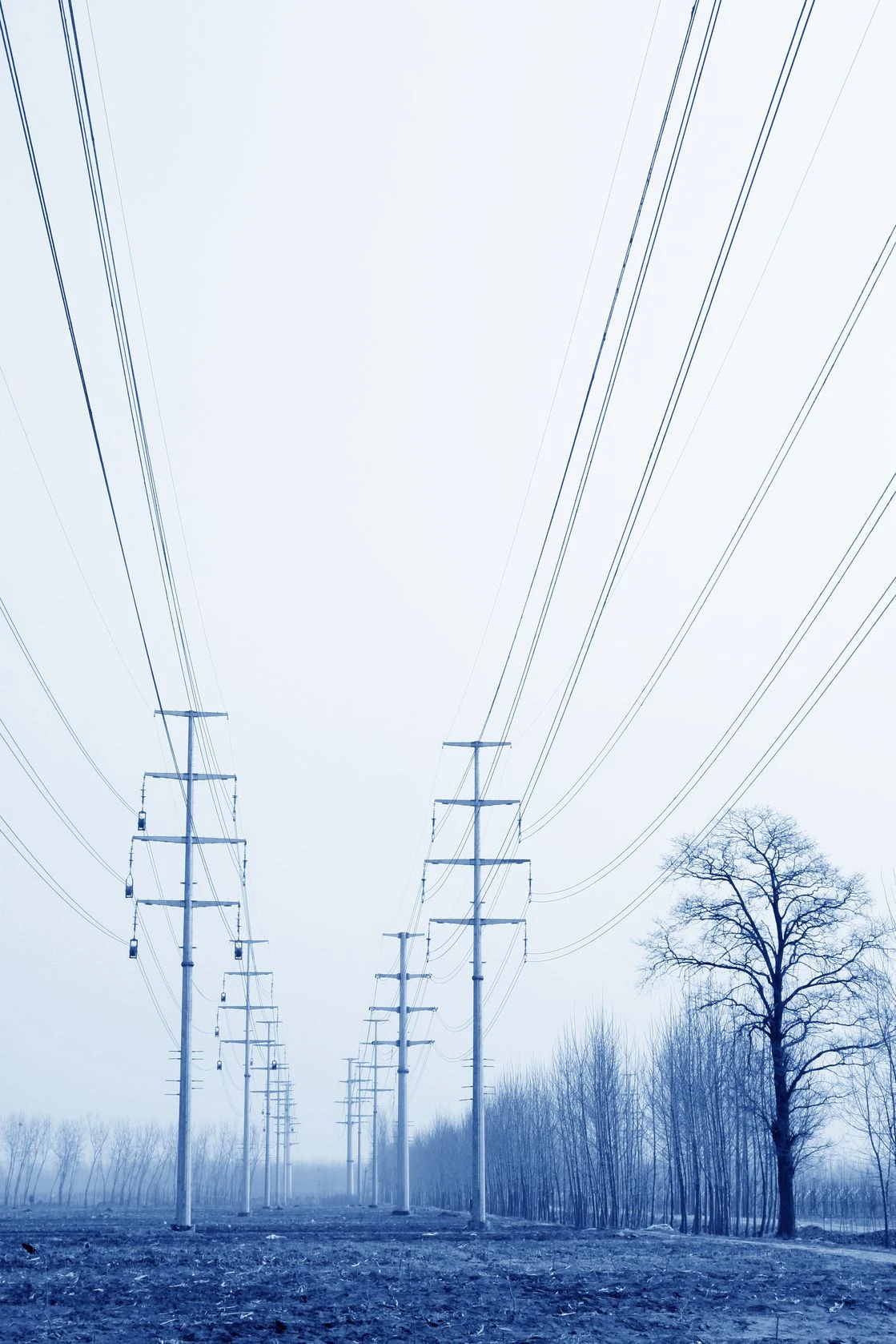Critical Infrastructure Communications

Using technology to improve response and recovery
BY TOM BERGER, Mutualink
The electric utility industry has an outstanding performance record of providing reliable power to public agencies, private enterprises, and the general public for over 100 years. However, when outages occur due to natural, accidental, or man-made intentional incidents, utility companies need to provide clear, concise, and timely critical infrastructure communications to a wide range of constituents with widely varying needs while they assess the situation and restore service.
For critical industries and institutions, those communications channels are critical so they can implement appropriate responses during these incidents. The wide variety of communications media and methods that are used today makes the efficient dissemination of timely status information and collaboration very difficult.
CATEGORIZING AGENCIES & ENTERPRISES
The U.S. Department of Homeland Security, through their National Infrastructure Protection Plan (NIPP), has identified 18 categories of agencies and enterprises referred to as Critical Infrastructure and Key Resources (CIKR). Table 1 lists the 18 CIKR categories and illustrates the diversity of organizations that need to participate in this vitally important activity.
| CIKR Categories | |||
| Agriculture and Food | Critical Manufacturing | ||
| Defense Industrial Base | Dams | ||
| Energy | Emergency Services | ||
| Healthcare and Public Health | Nuclear Reactors, Materials and Waste | ||
| National Monuments and Icons | Information Technology | ||
| Banking and Finance | Communications | ||
| Water | Postal and Shipping | ||
| Chemical | Transportation Systems | ||
| Commercial Facilities | Government Facilities | ||
| Table 1: Department of Homeland Security Critical Infrastructure and Key Resources Categories (CIKR) | |||
Electric utilities fall into the Energy category. Each entity within each CIKR category is expected to take an active role in the development of threat assessment, mitigation, response, and recovery actions covering any and all hazards. In virtually all cases, these activities assume the availability of reliable electric power, and the ability for entities to communicate internally and externally. Therefore, the availability of electric power and communications are the common threads linking all of these entities together and are core requirements in the preparation for, response to and recovery from natural, accidental, and man-made incidents.
RELIANCE ON ELECTRIC UTILITIES
Although each entity within each category is responsible for developing their own plans, the electric utility industry shoulders a major burden in providing continuous electric service to all entities as well as the general public. When service disruptions occur or are likely to occur, electric utilities are expected to provide crisp and timely communications to allow others to assess the situation and implement plans accordingly.
The service interruption at the recent Super Bowl XLVII in New Orleans is an excellent example of the need for crisp communications regarding the outage that occurred during the game. Literally, 110 million worldwide viewers, the stadium fans, and the players and coaches were wondering what happened and how long the outage would last. Although this short-lived outage was inconvenient, the extended outage during Hurricane Sandy was far more serious, and the outcries for information gained widespread national attention.









